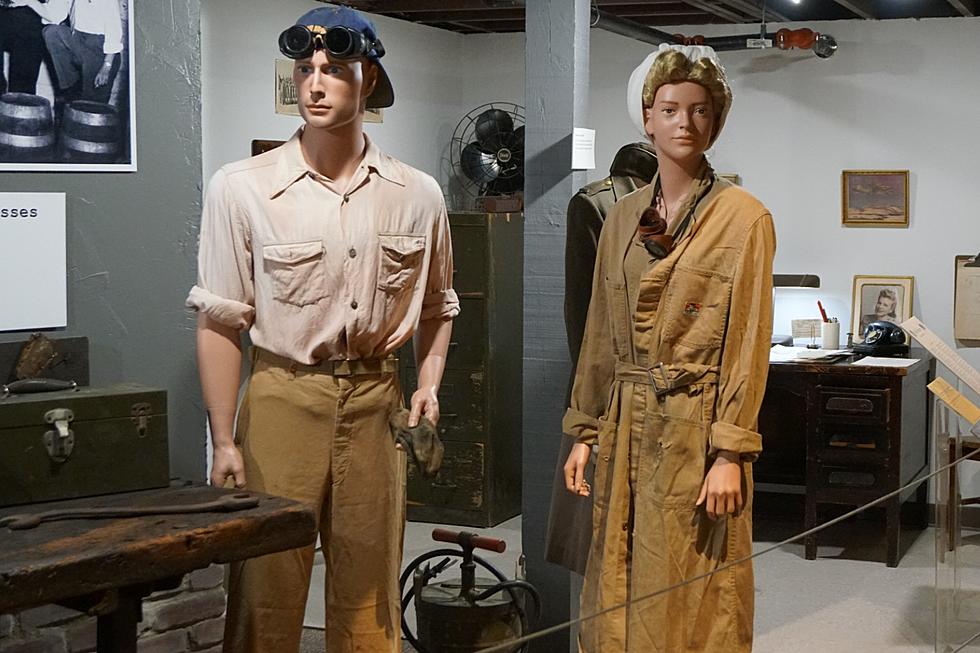
Beaver Islands Got Their Name – on ‘This Date in Central Minnesota History’
ST. CLOUD - October 10th, 1805 – Zebulon Pike discovers the Beaver Islands
The adventurous explorer Zebulon Pike made many expeditions into America’s newly owned frontier during the period of expansion following the Louisiana Purchase. Most notably remembered for his exploration of the southern territory and what is now central Colorado, he also led the first American military expedition into “the Minnesota country.” The main purpose of this expedition was to follow the Mississippi River northward to find its source, but it was also part of an attempt to notify the Native Americans and British traders that the US now owned much of North America, and to promote peace between tribes.
The expedition began on August 9th, 1805 when Pike and his men left St. Louis. Their main means of transportation at first was a seventy-foot long keelboat which Pike referred to as “the barge.” But the large craft was soon traded for two smaller flat-bottomed boats called ‘bateaux,’ which were popular among fur traders of the time.
Pike traveled up-river for about two weeks until he reached the mouth of the Minnesota River, and planted what is probably the first American flag on Minnesota soil. Here he also started to try to make peace between Minnesota’s main squabbling tribes: the Sioux and Chippewa. During his meeting with the Sioux, Pike reached a treaty agreement to purchase land for US military posts, which would eventually become Fort Snelling, the first military post in Minnesota.
Pike continued north on his journey on October 1st, and on this day, October 10th, in 1805 he reached a grouping of islands just south of where downtown St. Cloud is today. In Pike’s journal he kept of his journey, he gives the reason for naming them the ‘Beaver Islands’;
“…passed a cluster of islands, more than 20 in the course of four miles; these I called Beaver Islands from the immense signs of those animals, for they have dams on every island…”
Pike continued on his exploration of the Mississippi River, but due to the harsh Minnesota winter, did not go far enough to find the source. He and his group returned downriver in 1806, and he would continue on to survey other parts of America’s new territories, having many islands, cities, and a peak named after him. Pike died fighting bravely for the United States in the War of 1812, but his name lives on in many iconic American places.
The Beaver Islands kept the name given to them by Pike (though they were also known as the Thousand Islands for a time), but as central Minnesota was settled and the land tamed, the beaver population dwindled due to trappers and furriers who came to the area. St. Cloud eventually developed along the banks of the Mississippi, and the Beaver Islands have been prominent in the city’s past.
The title to the islands was purchased by the St. Cloud State Teachers College (which is now St. Cloud State University) in 1934. There were 9 larger islands that had bridges running between them, as well as 10 smaller islands. One of the islands was set apart by the SCSTC to be observed as a naturally progressing island without any human intervention. The college made the islands available to all students, with cabins and tents for lodging. The Beaver Islands proved to be a great asset for many years.
On October 10th, 1949, almost 150 years after Pike first discovered the Beaver Islands, a monument to Pike was dedicated in Riverside Park. The monument was created by the Cold Spring Granite Co., and presented to the city by the Stearns County Historical Society.
In the years since the monument’s dedication, the Beaver Islands have stayed a serene oasis in the middle of a rushing river and a bustling city. A multi-purpose path along the river known as the Beaver Island Trail is a quiet and tranquil trip that many college students, locals, and visitors alike enjoy.
Here's an audio version of this story:
Thanks to Stearns History Museum Volunteer Spencer Brown for his help with our series, “This Date In Central Minnesota History”, on WJON.
More From AM 1240 WJON







![Autumn Kicks Off in St. Cloud at 2nd Annual Harvest Fest [PHOTOS]](http://townsquare.media/site/67/files/2022/09/attachment-DSC08984.jpg?w=980&q=75)

